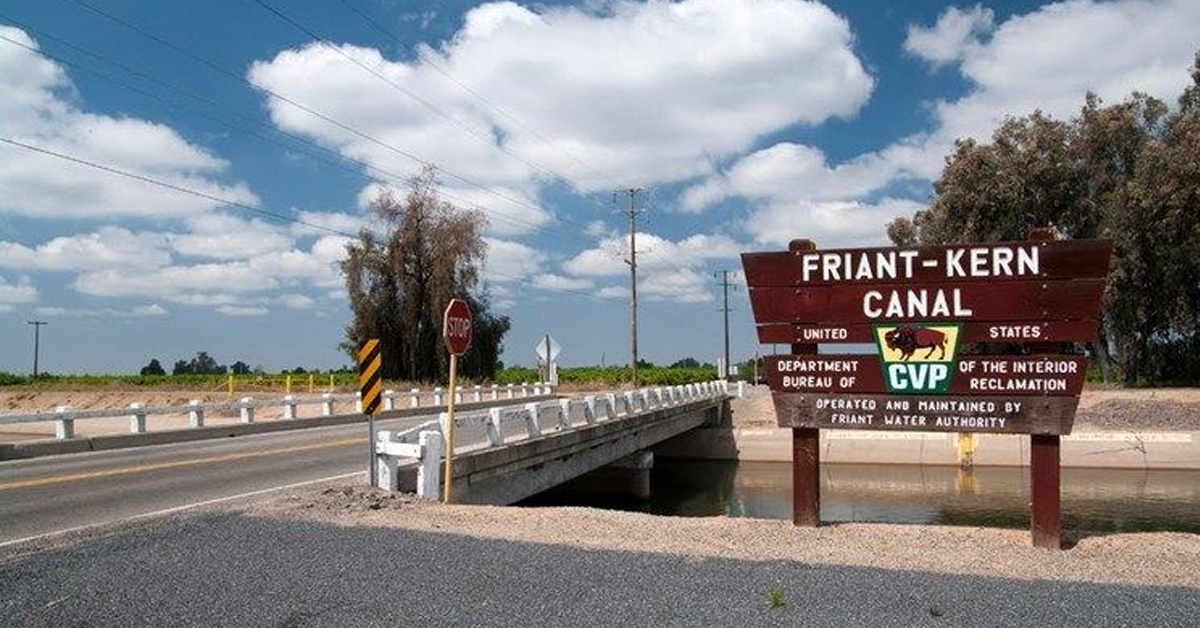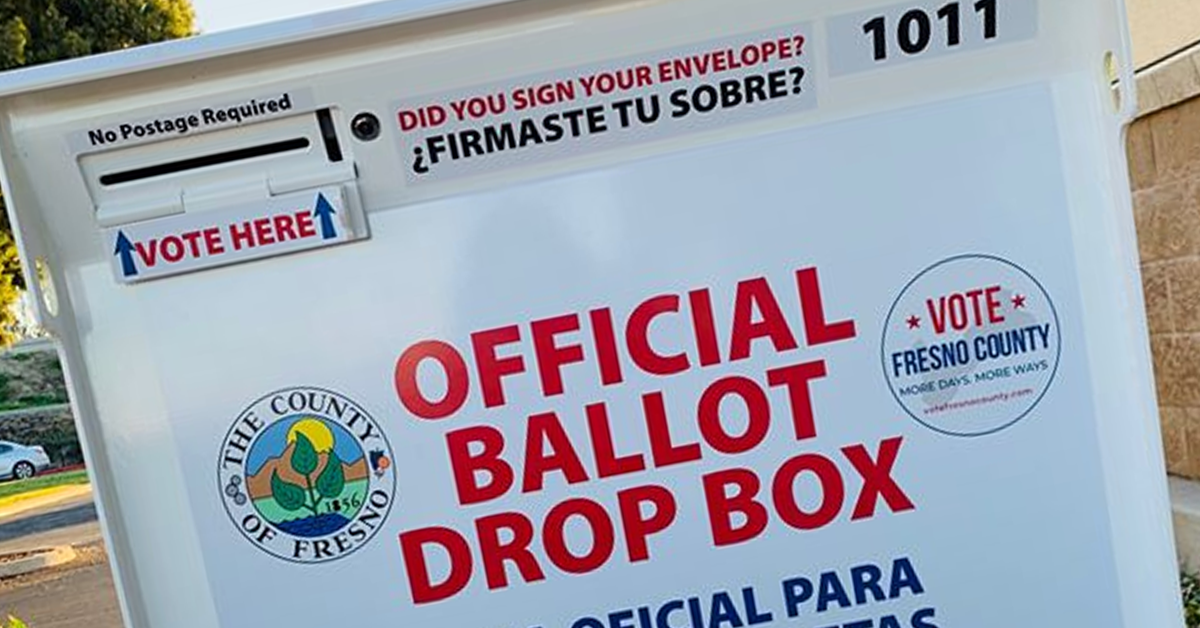I wrote last week about the revolution in urban transportation, with Bird scooters and flying “cars” as examples of possible new ways of getting around town.
Fresno’s Department of Transportation is now getting into the game of “thinking outside the transportation box.”
City officials are pursuing a $500,000 Measure C grant to fund what they call the “FAX Microtransit” pilot project. The project is all about mobility on demand.
That’s right – it appears good ol’ FAX is going down the path of Uber and Lyft.
There’s a lot to chew on here, so bear with me.
City Hall has applied to the Fresno Council of Governments for a Measure C New Technology grant to the tune of $500,948. The application has survived COG’s early vetting rounds. Next up: A review by COG’s Policy Board on Sept. 27. The Policy Board consists of the mayors of Fresno County’s incorporated cities and a member of the Board of Supervisors.
From there, the application would have to jump through the final hoop – approval by the Fresno County Transportation Authority. This meeting is scheduled for Oct. 10.
Jim Schaad submitted the city’s application to COG in July when he was Transportation director. He has since been promoted to assistant city manager.
What is the Microtransit project? Let’s quote from the city’s application:
“The FAX Microtransit project is a form of mobility on demand (MOD). It is a technology-enabled transit service that offers flexible routing and scheduling of minibus vehicles. The goal is to provide public transit mobility to underserved areas and to extend the reach of the FAX bus while also reducing operating and capital costs and vehicle miles traveled (VMTs). The areas for the demonstration are in NE and NW Fresno.”
That’s right – the two test areas for a unique method of public transportation are big swaths of North Fresno.
The borders for Area 1 are Herndon Avenue on the north, Marks Avenue on the east, Shaw Avenue on the south and Highway 99 on the west. This is territory of Council District 2 (Steve Brandau is the council member). It’s home to the El Paseo shopping center.
The borders for Area 2 are essentially Copper Avenue on the north, Willow Avenue on the east, Nees Avenue on the south and Cedar Avenue/Champlain Drive on the west. This is the territory of Council District 6(Garry Bredefeld is the council member). It’s home to Clovis Community College.
The backstory to the Microtransit project is the broader restructuring of the FAX system. Does FAX spread its considerable (but not infinite) resources over Fresno’s full 112 square miles? Does FAX concentrate on serving even better the areas with historically heavy ridership while providing only modest bus service elsewhere (or none at all)? Does FAX focus the traditional bus system on the high-volume routes and pursue innovative ways to serve the city’s other areas?
I sense the third option is carrying the day. This isn’t to suggest traditional FAX has grown stale. There’s the new Bus Rapid Transit system along the Blackstone-Downtown-Ventura-Kings Canyon corridor. And don’t forget FAX15 along busy major streets such as Shaw and Cedar.
But FAX Microtransit isn’t your grandparents’ bus system.
The COG grant application describes the project as
“a technology-enabled transit service that offers flexible routing and/or scheduling of minibus vehicles. This is a new and emerging way to provide transit service utilizing a flexible, cloud-based microtransit software system. Passengers will be provided with a mobile application that can be utilized (to) book a trip, see the cost of the trip, and know in real time when their vehicle will be available. The cloudbased automated dispatcher dynamically matches available resources with rider needs for more efficient and flexible transit service with less operational burden.”
I’ve reviewed the COG application. I spoke briefly with Schaad on Wednesday. It’s my understanding that FAX Microtransit could work along these lines:
A customer lives in Area 1, in Northwest Fresno. She wants to go from her home to grocery store, also located in Area 1. She downloads the Microtransit app and books a ride. The app tells her approximately when the Microtransit vehicle (it could be a mini-bus or a sedan) will be in front of her house. She is taken to the grocery store, at a cost to her of $1.50 (this price is just an early guess, based on the application). She uses the app to book a return trip at the same price.
There you have it – mobility on demand, provided by the City of Fresno’s Transportation Department. FAX Microtransit would be different than FAX’s Handy Ride service. The latter is for people with disabilities.
The COG application includes maps showing the current levels of traditional FAX bus service in Area 1 and Area 2. There are only about 10 stops in each area.
FAX knows how to use Big Data to allocate resources. I’m guessing there is such sparse service in Areas 1 and 2 because history shows there to be limited demand traditional public transportation. Full service doesn’t pencil out.
So, why choose big areas of Northwest and Northeast Fresno for the FAX Microtransit pilot project? The application doesn’t answer the question in great detail. I’m guessing FAX officials sense some unmet transportation needs. Yes, North Fresno is seen as having some of the city’s wealthier neighborhoods. But it’s no longer possible to stereotype Fresno by geography. People of modest means live just about everywhere. So, too, with the elderly and the young and people beginning their careers. They need swift and reliable ways to get to work or the restaurant or the store. Public transportation is an important option for them.
On top of that, as the application notes, a pilot project needs to go into largely unchartered territory if it is to produce results worthy of study. It makes no sense to test FAX Microtransit in an area already heavily served by a fixed bus schedule.
FAX Microtransit would go to places only within the test areas. Customers needing to go elsewhere in the city would be taken to the nearest bus stop outside the test area or along the area border.
The COG application estimates two vehicles for each area, operating 10 hours per day. The four vehicles, combined, would travel about 100,000 miles in the test year.
The operational cost is estimated at $500,948. The total number of passengers in the test year is estimated at 38,152 (23,092 in Area 1; 15,060 in Area 2). That works out to 152 passengers per day for 251 days of weekday service.
FAX predicts it would get $57,228 in fares at $1.50 per passenger – a recovery rate of 11.42%.
Schaad said the city is still studying whether to handle the service in-house or farm it out to an independent contractor. If City Hall gets the grant, the plan is to start the Microtransit service in August 2019.
FAX Microtransit sounds like a great idea. In fact, it sounds so spiffy that the first thing I thought of after reviewing the COG application was the City Council.
If I understand things correctly, the council some time ago gave Schaad the green light to apply for the Measure C grant. But details were scarce at the time. That’s not the case now. I can see each of the seven council members now wanting one of the test areas to be in their district.
I mentioned to Schaad the possibility of politics impacting the project before FAX Microtransit picks up its first customer.
Schaad replied: “Things can change as we work through the process.”










I am all for this idea. My next door neighbor has used FAX on demand for doctor’s appointments for a decade or so. The car shows up at her door and takes her wherever she needs to go. As the population ages, this will become more of a necessity for the city’s citizens.
Perhaps when FRESNO looks at central area, not just the North Fresno regions and realizes that more people in central require transportation than do the regions outlined, this could be a great idea. Now, it’s for the benefit of those who more than likely, don’t use public transportation anyhow.
I understand why they’d want to test this in areas that aren’t already served by bus routes, but the image of the richest people in the city being chauffeured around while the rest of us sit huddled in crowded Q buses might not turn out to be great optics. I can’t imagine that “Having to walk from my house at Champlain and Perrin to a bus stop” was very high on the list of rider complaints FAX heard at their community meetings.
I’m also skeptical that the agency that still somehow can’t get the BRT ticket kiosks to be adequately functional is going to lead the way on anything technological. I appreciate that they’re thinking outside the box, but I hope they continue to focus on all the problems inside the box as well.
Such astonishing stupidity to think an Uber-like model will be functional! If anyone cared to check, most Uber/Lyft drivers make very little profit, particularly driving daytime. The major part of that reason is due to the costs associated with driving TO picking someone up are not factored into the price charged to the rider. The result is an operation that exists on about a 95% turnover rate for drivers.
To propose a $1.50 fee for this type of service is laughable as it means someone hasn’t been crunching their numbers correctly. It means 500,000 dollars will be wasted on a mini HSR boondoggle. Or, the city will continue this at a cost to taxpayers forever. Good luck with that.
IT’S AN UNREALISTIC SCAM – I MEAN PLAN.
If the new service is anything like the current Fax Bus service I wouldn’t use it. The buses use cloth seat covers that reek of the constant use of dirty people. Back sweat, butt sweat, filthy homeless riders, the bus system needs to switch out their seats to an all plastic seat system. The current seats are a contamination cesspool of fowl smelling bacteria. The ones responsible for the maintenance and upkeep of those buses aren’t doing their jobs. And, the ones who are thinking about expanding the service don’t have the public’s health as a priority. They only prioritize their time to make a profit!